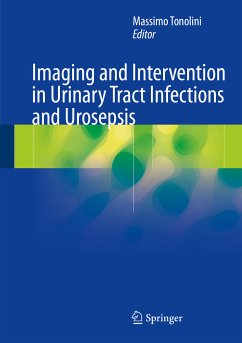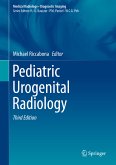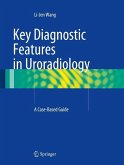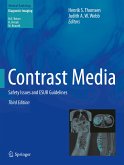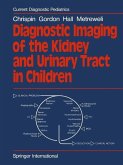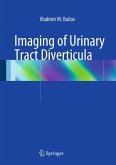Besides offering current perspectives from urologists, nephrologists, and specialists in infectious diseases, the book presents the techniques and highlights the role of ultrasound and contrast-enhanced ultrasound, nuclear medicine, multidetector computed tomography (CT) and magnetic resonance imaging (MRI) in providing comprehensive investigations of upper and lower tract UTIs, and of systemic infections from unknown sources. Cross-sectional imaging is currently recommended to confirm UTI, to assess severity and look for underlying treatable structural or functional abnormalities, in order to provide a consistent basis for a correct therapeutic choice.
Furthermore, dedicated chapters illustrate the current status of UTI imaging in children and the expanding role and possibilities of interventional radiology in the treatment of severe urinary tract infections.
Dieser Download kann aus rechtlichen Gründen nur mit Rechnungsadresse in A, B, BG, CY, CZ, D, DK, EW, E, FIN, F, GR, HR, H, IRL, I, LT, L, LR, M, NL, PL, P, R, S, SLO, SK ausgeliefert werden.

